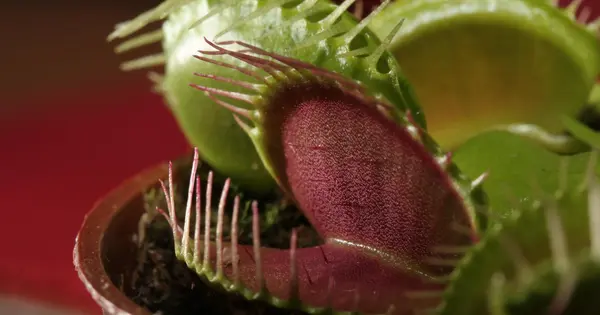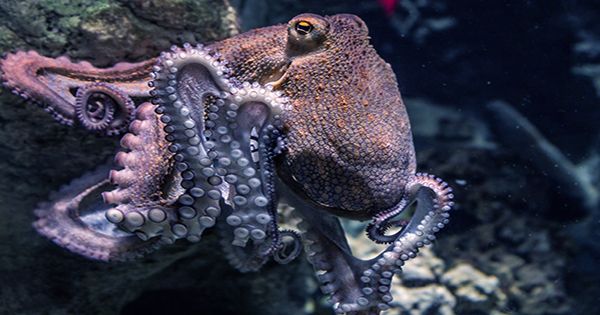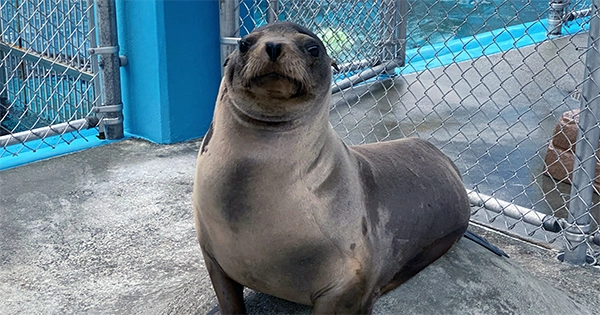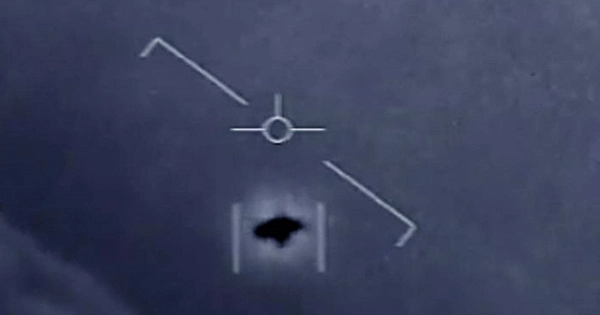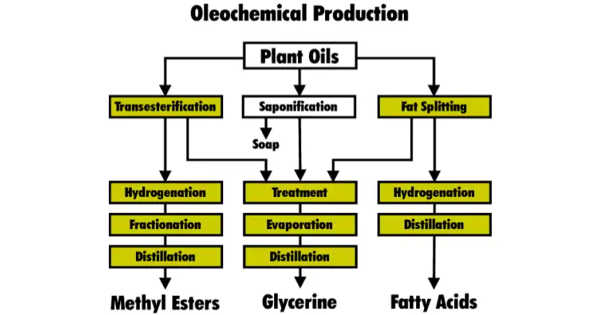Carnivorous plants are intriguing organisms that have evolved to gain nutrition by catching and digesting animals, primarily insects and small invertebrates. These are plants that obtain some or all of their nutrition by catching and devouring animals or protozoans, mostly insects and other arthropods, but occasionally small mammals and birds. They frequently thrive in nutrient-poor environments, where they struggle to absorb important elements such as nitrogen and phosphorus. To compensate for this lack, they have evolved a variety of systems for capturing and digesting prey.
They still get all of their energy from photosynthesis. They have evolved to grow in environments where the soil is thin or deficient in nutrients, particularly nitrogen, such as acidic bogs. They can be found on every continent except Antarctica, as well as numerous Pacific islands. Insectivorous Plants, published in 1875 by Charles Darwin, was the first treatise to highlight the importance of carnivory in plants, and it described years of meticulous investigation.
Some common types of carnivorous plants include:
- Venus flytrap (Dionaea muscipula): This is perhaps the most iconic carnivorous plant. It has hinged, clamshell-like leaves with sensitive trigger hairs. When an insect touches these trigger hairs, the leaves snap shut, trapping the prey inside. Digestive enzymes are then secreted to break down the insect and absorb its nutrients.
- Pitcher plants (Nepenthes, Sarracenia, and others): These plants have modified leaves that form a pitcher-like structure filled with a liquid digestive fluid. Insects are attracted to the nectar and fall into the pitcher, where they are unable to escape and eventually drown. Enzymes in the liquid break down the prey, and the plant absorbs the nutrients released.
- Sundews (Drosera): Sundews have leaves covered in sticky glandular hairs that trap insects. Once an insect becomes stuck to the hairs, the sundew leaf slowly curls around the prey, ensnaring it further. Digestive enzymes are then secreted to dissolve the insect, and the plant absorbs the nutrients.
- Bladderworts (Utricularia): These aquatic or semi-aquatic plants have small bladder-like traps that suck in tiny aquatic organisms, such as water fleas and mosquito larvae, using a vacuum mechanism. Once inside the bladder, the prey is digested, and the nutrients are absorbed by the plant.
- Waterwheel plant (Aldrovanda vesiculosa): The waterwheel plant, like the Venus flytrap, features snap-trap leaves that close quickly when activated by prey. It often develops in nutrient-poor, acidic water environments.
These plants evolved carnivorous features to enhance their food intake, especially in settings where other nutrient sources are limited. They do, however, engage in photosynthesis, which is the process by which plants convert sunlight into energy. Carnivorous plants can be found in a variety of environments, including bogs, swamps, and nutrient-poor soils. They are popular among botany aficionados because to their distinct adaptations and sophisticated trapping systems.
